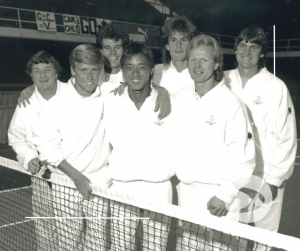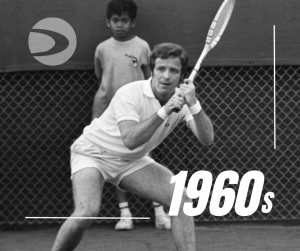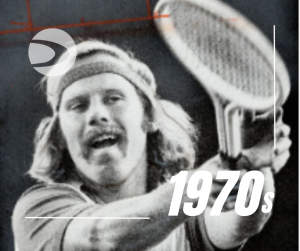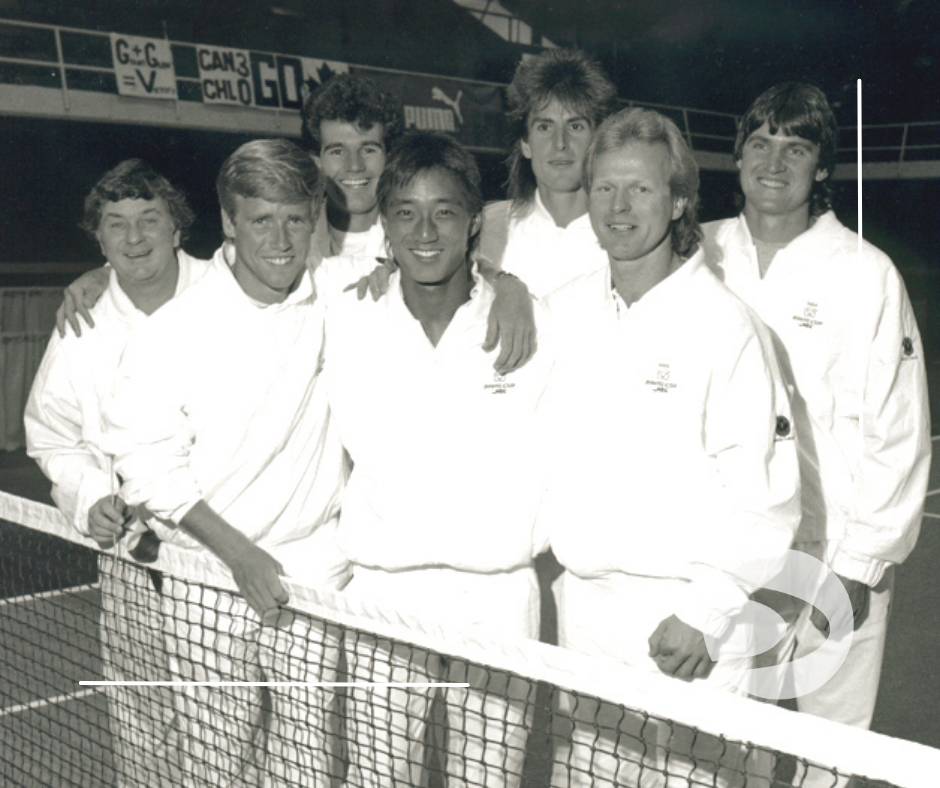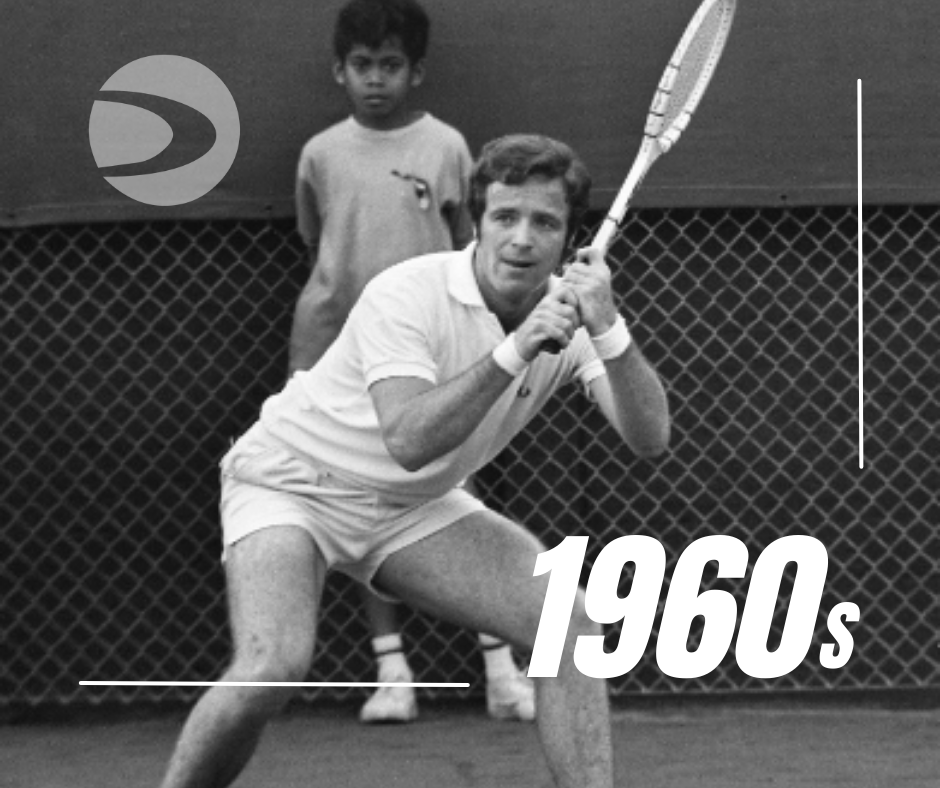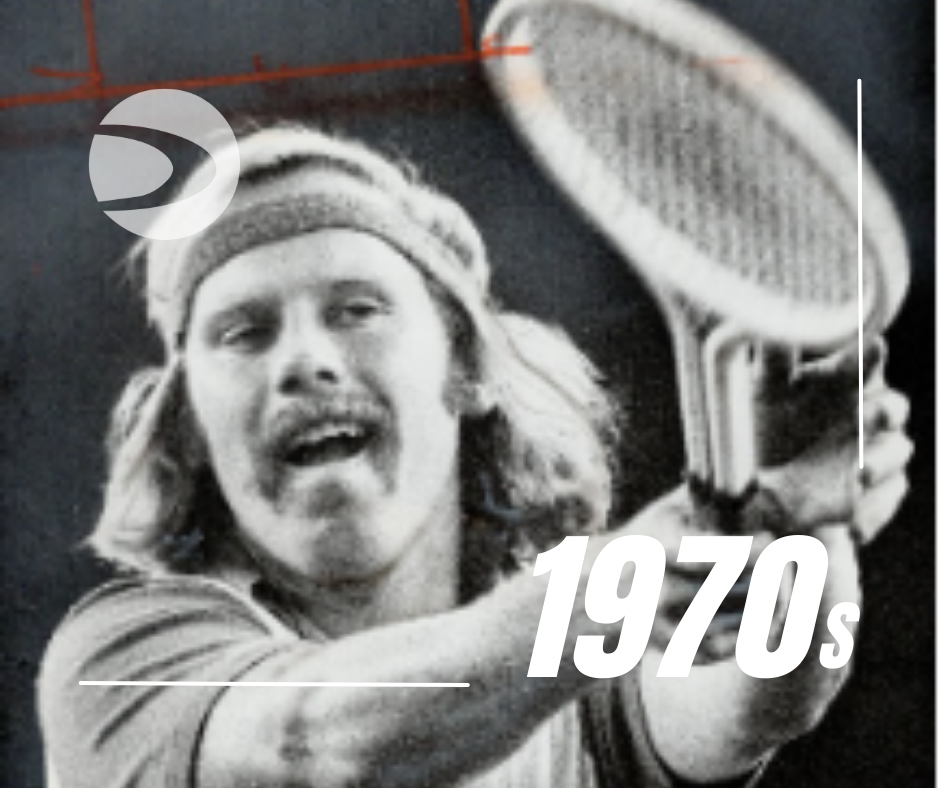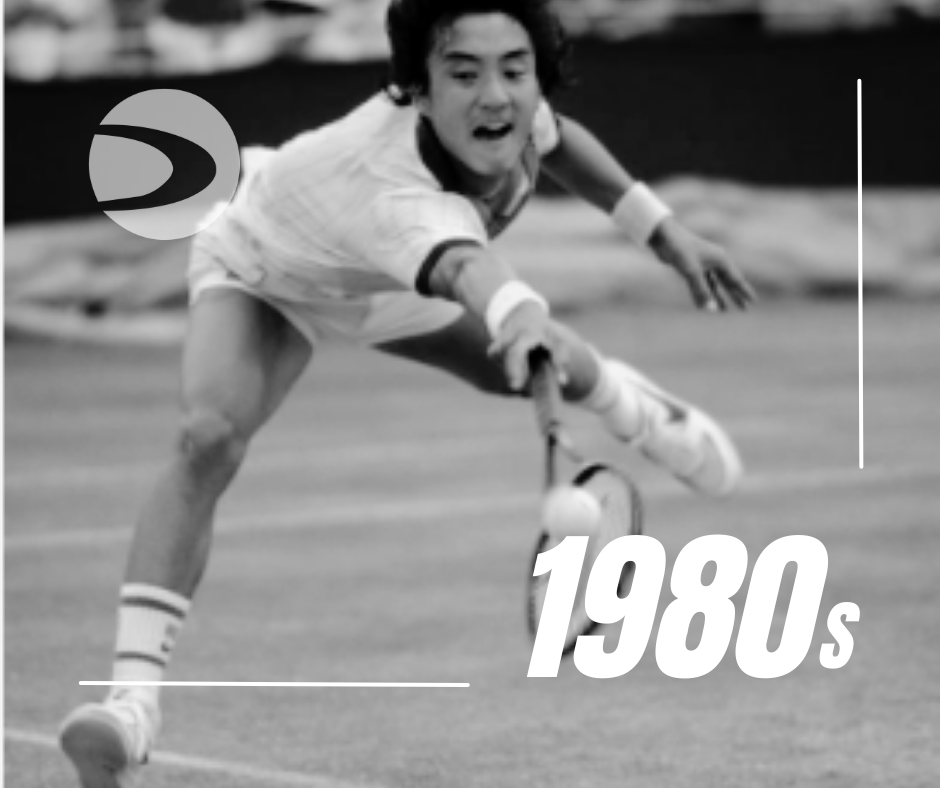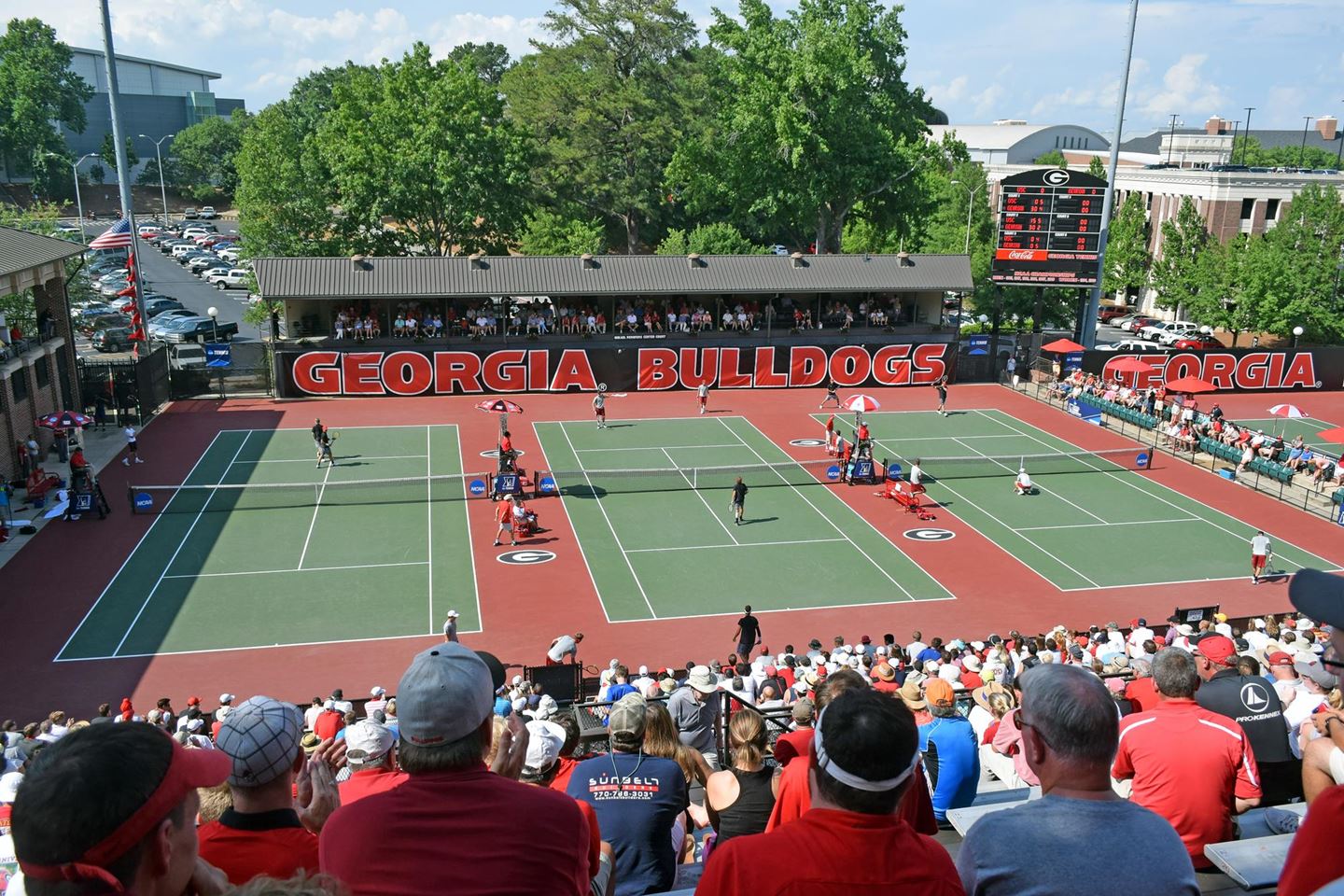
With the first Grand Slam of the year winding down, I wanted to do a little introduction to the main draw players, who competed on the collegiate level before turning pro. This will be a short series of four parts: men’s singles, women’s singles, men’s doubles, and women’s doubles.
For every player, I will highlight three items:
- Individual ranking before enrolling in college; this will illustrate how “high profile” these players were while being recruited. The rankings can be world junior rankings, national rankings, or even ATP/WTA rankings.
- Their team’s best NCAA tournament finish while they were in school
- One or two individual accomplishments achieved while competing in college. Even though the most unique aspect of college tennis is its team format, especially the dual matches, there are still major individual accolades awarded on an annual basis.
Before we get into the list, I need to explain what being an “All-American” means in college tennis.
All-American status is awarded every year, separately for singles and doubles. To become an All-American in singles, one needs to achieve at least one of the three following:
- Be a top 16 seed in the NCAA individual tournament
- Advance to the round of 16 in the NCAA individual tournament
- Finish ranked inside the top 20 in the end of the year individual rankings
In doubles, the team needs to either be a top 8 seed in the NCAA doubles tournament, make it to the quarterfinals of NCAA doubles tournament, or finish ranked inside the top 10 in the end of the year doubles rankings.
With that explanation out of the way, let’s start with men’s singles. The players are listed in alphabetical order by their last name.
Kevin Anderson, University of Illinois
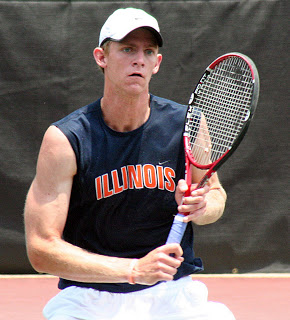
- Career high ITF World Junior ranking: #28
- Team: 2007 NCAA Finalists
- 2005, 2006, 2007 All-American; 2006 NCAA Doubles Champion
Tennis fans need no introduction to Kevin Anderson; ranked as high as #5 in the world, two-time Grand Slam finalist, he has had a decorated professional career up until this point. Before he turned pro, Andreson led the University of Illinois to the 2007 NCAA team final, beating yours truly and the Baylor Bears in the semifinals. Against the Georgia Bulldogs in the final, the #1 line singles matchup was Kevin Anderson vs John Isner. Not too shabby.
Max Cressy, UCLA

- 5 Star recruit, ranked around #20 in his class in the United States
- Team: 2018 NCAA Semifinalists
- 2019 Singles All-American, 2019 Doubles All-American; 2019 NCAA Doubles Champion
Max Cressy is one of my favorite players on the ATP Tour right now. There’s two reasons for that. First, Max is listed at 6’7?, can serve 130mph, and plays an aggressive game style, looking to come to the net any chance he gets. And I just enjoy watching his “full court press” style of tennis. Second – I had the pleasure of sharing a few conversations with Max before matches against his Bruins – he is very approachable, has a great personality, and is laid back off-court. Max is easy to root for and a great representative of UCLA and college tennis in general.
Marcos Giron, UCLA

- Career high ITF World Junior ranking: #18
- Team: 2013 NCAA Finalists
- 2014 NCAA Singles Champion, 2014 ITA Player of the Year
Marcos Giron spent three years at UCLA, turning pro after receiving the wild card into the 2014 US Open singles main draw as an American NCAA singles champion. Ironically, he played John Isner, another collegiate standout, in his first round match at the Open. Marcos’ game is different from Cressy’s – Marcos is listed at 5’10” and plays an all-court game based on great movement. For example, in his first round loss to Alexander Zverev at this year’s Australian Open, Giron came to the net 23 times in four sets of action. Cressy played Zverev in the second round, and came to the net 100 times in just three sets.
Yannick Hanfmann, University of Southern California
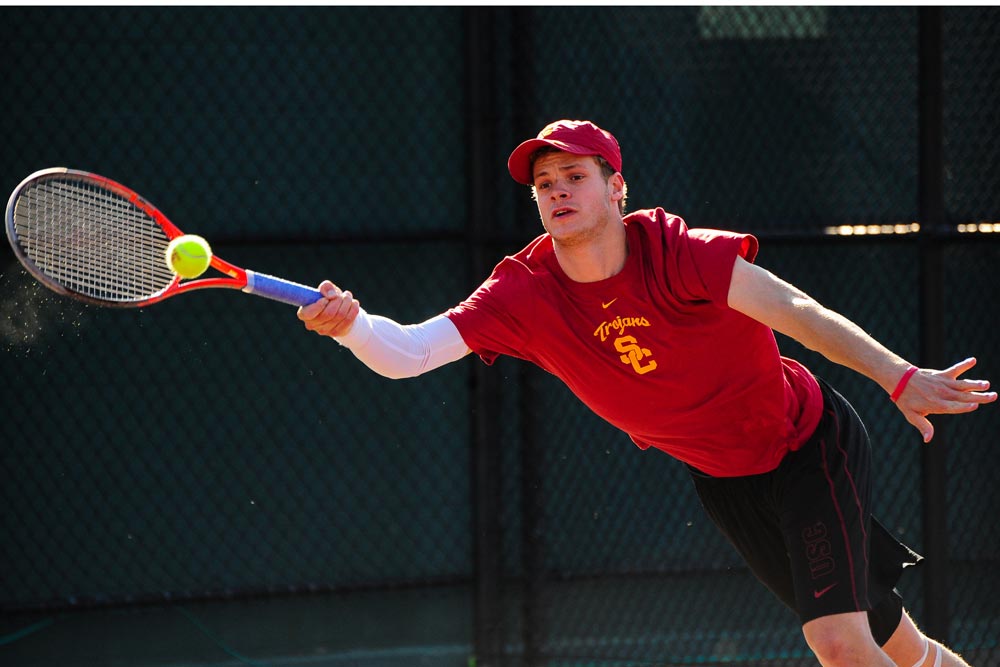
- Top 50 in German men’s rankings, #900 ATP before enrolling at USC
- Team: 2012, 2014 NCAA Champions
- 3 time Singles All-American , 2 time Doubles All-American
Yannick played line #1 singles in USC’s 2014 run to the NCAA team title, and was the clinching point in the 2012 championship match. He is another big server, who came up through the college ranks – he can crank his first serve up to 130+ mph. What makes his first serve play up is the quality of his second serve; during my time in college tennis, Hanfmann’s second serve was one of the best I’ve seen. Hanfmann is listed at 6’4? and his second serve usually has lots of topspin on it, bouncing high and forcing his opponent to hit the return from uncomfortable positions.
Dominik Koepfer, Tulane

- Runner up at the 16 & under German championships
- Team: 2016 NCAA Second Round
- 2 time Singles All-American, 2015 ITA National Indoor Champion
Dominik is in a lot of ways an exception on this list, and a great example of how college tennis can put a player on the professional path. Not as high profile a recruit as some of the other names, Dominik chose to attend Tulane University in New Orleans, Louisiana. Tulane is not in one of the “Power 5” conferences in NCAA Division 1, and doesn’t have the same name recognition as, for example, UCLA or USC. Yet Dominik still developed into one of the best players in college tennis, and recently made it to the fourth round in the 2019 US Open.
Mackenzie McDonald, UCLA

- Career high ITF World Junior ranking: #12
- Team: 2014 NCAA Semifinalists
- 2016 NCAA Singles Champion, 2016 NCAA Doubles Champion
Before enrolling at UCLA, Mackenzie was ranked close to top 10 in the world as a junior, and made the semifinals in the junior Australian Open. A lot of Mackenzie’s family went to UCLA, and he sure made them proud by becoming a singles All-American, and making the NCAA singles tournament quarterfinals, all in his freshman year. His career culminated in the “double” – Mackenzie became the first player since Matias Boeker in 2001 to sweep the NCAA singles and doubles individual championships in 2016.
Cameron Norrie, TCU

- Career high ITF World Junior ranking: #10
- Team: 2015 NCAA Semifinalists
- 3 time Singles All-American; finished the 2016/17 season ranked #1 in the individual singles rankings
Norrie is one of two players on this list, who was ranked inside the top 10 in the world as a junior. Obviously a high profile recruit, Cameron was a significant building block in the resurgence and current status of TCU as a perennial Top 10 threat. Still only 25 years old, he has plenty of tennis ahead of him, and it wouldn’t surprise me to see him in a second week of a Grand Slam in the very near future.
Tennys Sandgren, Tennessee

- Career high ITF World Junior ranking: #9
- Team: 2010 NCAA Finalists
- 2011 Singles All-American, 2011 NCAA Singles Semifinalist
Sandgren is the other player on the list, who was ranked inside the top 10 in the world as a junior. Originally from the state of Tennessee, Sandgren spent three semesters with the Volunteers. He played line #4 singles in his first semester on a team that lost in the NCAA final to the USC Trojans. After turning pro, he has already made it to the quarterfinals of the Australian Open twice, and been ranked inside the Top 50 ATP.
Mikael Torpegaard, Ohio State
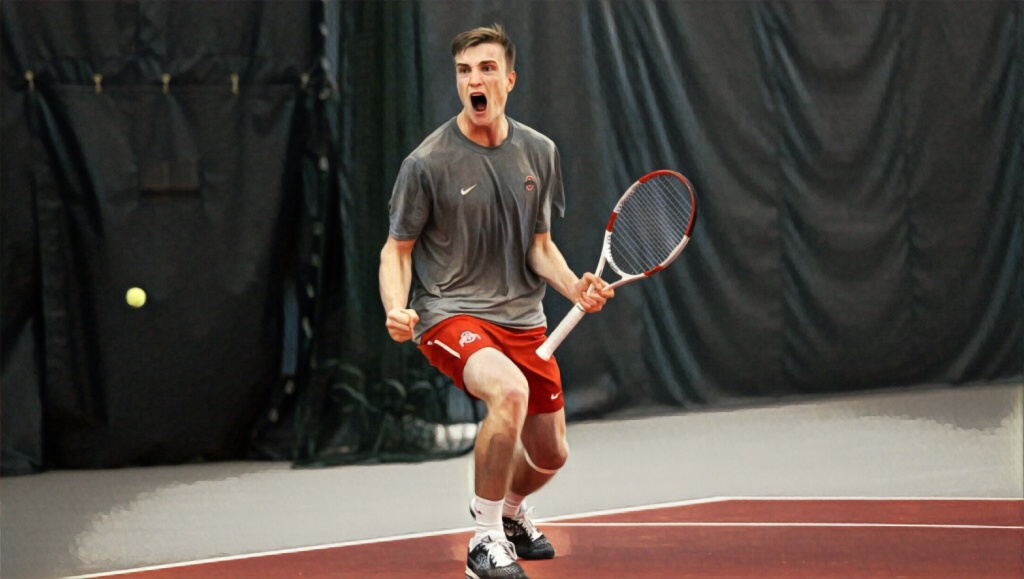
- Career high ITF World Junior ranking: #25
- Team: 2018 NCAA Finalists
- 2016 NCAA Singles Finalist, 2018 NCAA Doubles Finalist
Mikael Torpegaard is an intense competitor, who plays a physical style of tennis. He is listed at 6’4? and is another one of the players on the list, who can get their first serve up to the 130mph mark. During his career at Ohio State, Torpegaard won well over 200 matches (singles and doubles combined) for the Buckeyes, and played line #1 singles on a team that made the NCAA final in 2016. Ohio State has been one of the most consistent programs of the past decade – perennially ranked inside the Top 10 or a lot higher – and Torpegaard played a big part in that. He will soon be joining some of the other players on this list inside the ATP Top 100.
Aleks Vukic – University of Illionis

- Ranked 5th in Australia in his age group
- Team: 2018 NCAA Quarterfinalists
- 3 time Singles All-American
Aleks received a wild card into the main draw, and took a set off Karen Khachanov in the first round. Can Aleks hit his serve? You bet. One of his serves in the Khachanov match was clocked at 142mph. He was playing on Illinois teams that were going head to head against Torpegaard’s Buckeyes, and is now trying to follow in the footsteps of his fellow Illini, Kevin Anderson.
What would be my main takeaways? For one, we have a lot of different nationalities on the list: South Africa, United States, Germany, Great Britain, Denmark, and Australia. At its highest level, college tennis is an international sport, mirroring the professional game. Second, a lot of the players on the list had a high international junior ranking, but it is not a prerequisite. As a matter of fact, players such as John Isner or Steve Johnson, who are also former collegiate standouts, were not highly ranked world juniors either. Finally, notice how hard it is to win a team national championship – only Yannick Hanfmann was a member of a team that has won it all.
There are two similarities that I see. First, the majority of these players played on teams that were in the hunt, or had a legitimate chance to win a national championship, at least once in their careers. In tennis, just like in other sports, the quality of practice is critical. Being on a team of like-minded individuals of a comparable level makes the practice environment a lot more competitive and engaging, driving improvement.
Finally, all of these players earned the status of All-American at least once in their careers. In general, their college bios were full of individual accomplishments. In other words, they were some of the best players in college tennis before turning pro. Off the top of my head, I can’t think of a player, who made a successful transition to the professional tour, but wasn’t an All-American in college. For aspiring juniors, who think about playing college tennis on their way to the pros, achieving the All-American status is a great intermediate goal.
In the next post, I will look at the college alumni in the women’s singles main draw bracket. As of this writing, UCLA alumni Jennifer Brady is set to play Naomi Osaka in the final. Maybe I will be writing about a new champion by then.
By Michal Kokta


